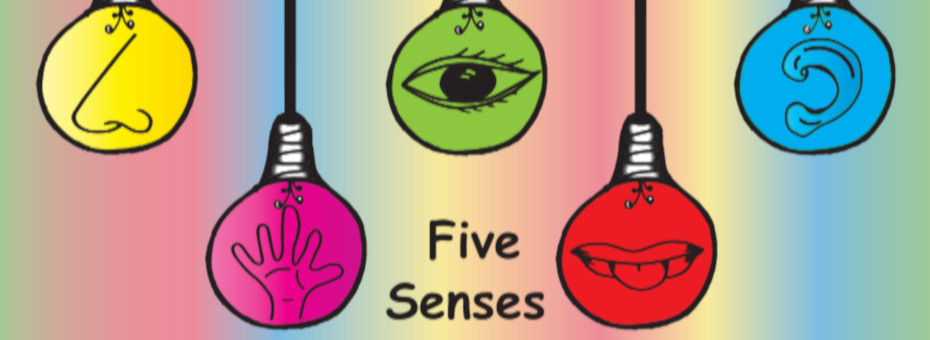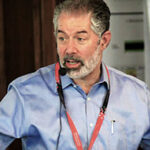Lean practice places great emphasis on learning through direct and disciplined observation of current conditions at what is referred to as the Gemba. This Japanese term connotes the actual place that work is happening, whether that work takes the form of an output, a service, a manufactured product, material and information flow, and others.
As lean coaches, we explore a set of questions designed to help understand the nature and purpose of the work. This includes questions such as:
*What value is the process generating?
*Does the value flow?
*Are people following standard processes to make it all work or fighting informal processes to make it work?”
When we go and see at the gemba, we seek to do so in a manner that connects us to the people and the work as deeply and mindfully as possible. Regardless of the defined output, the question that always drives us is: what value am I adding for the people and the organization?
As leaders, influencers and change agents, our default mode when we go to the Gemba should be going to see with a purpose (asking ‘why am I here?’) and then engaging with the process owner doing the work.
This work calls for humility, curiosity, and a balance between tapping into one’s experience without telling others how they should do things. It also means avoiding asking a standard set of questions or relying on pre-existing biases as part of the learning process.
Being able to take in what really matters at the Gemba is crucial. We must be able to talk about the work and the barriers and constraints to creating value and what resources people need to succeed. And the worst risk is that we may fail to connect because we are not being fully present at the Gemba. Succcessfully engaging in this work often stretches the rubber band on our comfort zone because we as “experts” must let go of certainty and realize that there is an “is’ness” to the Gemba, something that is always happening NOW that can speak to us through our various senses, beyond direct communication.
We believe that the way you think or process information or interact with people makes a huge difference at the Gemba. And that developing mindfulness of the smallest things, both internal and external, is key. If we think about being in tune with ourselves first and learning to project that outwardly to our work and others, imagine the problem-solving awareness muscle we could develop. For example, in our personal lives we all have an initial problem awareness of when we may be getting a cold–our throat may be a little sore or our sinuses change. That’s when we intervene as quickly as possible with countermeasures to keep it from progressing. Without our keen sense of awareness to our body and changes that we recognize a discrepancy could get out of hand. So developing our senses within the Gemba allows us to be predictive versus reactive and also lead and learn with people in the same way.
When I (Tracey) was being conditioned to think differently in my youth at Toyota, it surprised me when I was asked to heighten my awareness of the environment I was in. I learned that your current environment speaks to you in many ways and if you tune in the dial just right you will catch the frequencies across the airways of the Gemba.
I can remember, for example, being asked to notice smells; and when they may change, to try to understand why. In some departments, this could be crucial. It was for me and others in the Plastics department at Toyota. This mindfulness easily applies to everyday life. If I were to blindfold a person and place them outside, would they be able to differentiate whether it were cloudy, sunny, humid, rainy, foggy, sleeting, hailing or snowing? Most of us have been exposed to many of those elements, so we can breathe in the air and say it has rained in the last 10-15 minutes, or its about to rain. We sense a specific smell in the rain and we don’t have to see it.
Similar to some of our equipment, processes and chemicals in Plastics, we could smell if a process was out of standard. It might be that we could smell that the parameters were off, or someone left a outside door open and the humidity levels changed.
Developing the ability to know your Gemba through methods like this can allow you to always be in the present with your people and the process, which helps you behave according to leading indicators in nature (which predict the process) versus lagging ones (which prompt reactions when it is too late).
At our Gemba, auditory andons were a part of the environment. Different “tunes” had meaning for specific people to respond quickly with a purpose and awareness of something that had taken us out of standard and needed attention in less than a minute.
Over time this became a habit, part of our routine. We learned that smelling, hearing, feeling and seeing helped us to manage problems so they didn’t manage us.
For example my sense of smell was developed so finely that I knew when the substrate of a headliner (fiberglass) was either in the oven too long (out of standard) or when our temperature setting were too high. The smell was a bit of a lagging indicator, but it was a leading one in the way that drove me to see, versus not paying attention to the minor aroma change in the area. These were the types of things we learned at the gemba in order to be in tune with the present moment and all of our surroundings including the people in the area and their responses to the change. It allowed for great teaching moments to learn more about the depth of what the gemba has to offer us if we stop, breathe and seek to understand.
If you are a leader or coach, we suggest that you practice developing each of the senses in order to share the wisdom and develop those traits in others. When you go and see, consider these specific steps you can take to heighten your focus, awareness and senses. Our five senses of perception serve as gateways to being in the present moment and position us to have more productive and insightful Gemba walks.
Sight: as you look at people, process and things, imagine that you are viewing them for the very first time. Look very closely with attention to detail and a renewed curiosity. Note what you are seeing that you may not have noticed before.
Sound: listen carefully to the words people use, the sounds of equipment, and the movement of work. Become very still and quiet inside in order to deeply listen to the sounds around you. Hear the silence between the sounds. Note sounds in the background versus sounds in the foreground.
Smell: as Tracey shared from her past experience, note how the sense of smell can focus the find and create deeper levels of awareness and presence. What do you smell? How many scents can you identify?
Taste: what is the flavor in your mouth? Even focusing on this sense can enhance your ability to be present and focus on the present moment.
The next time you show up at the gemba to do a “go and see,” take a personal assessment of your level of focus, presence and awareness. Choose any one of your senses to focus within first, so that you can be 100 percent present to deeply sense what is going on with the people and work processes of the value stream.







